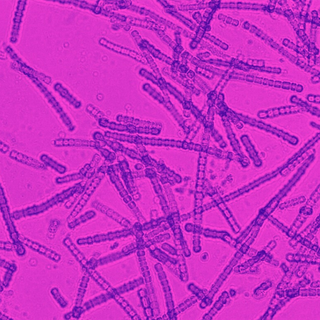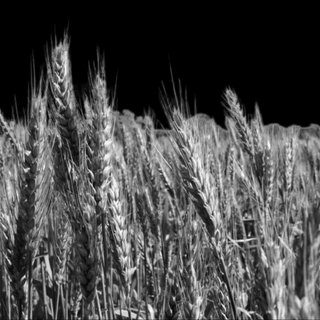Deep in the ocean, somewhere, an octopus floats, sleeping. Suddenly, its skin starts changing in appearance. In seconds, it goes from a chalky white, to a bright, smooth gold, to brinjal-colored, to a marbled beige and green, flitting through hues and textures as quick as blinking. This octopus isn’t just sleeping — it’s dreaming, too. New research has discovered these color changes correlate to changing sleep states, one of which allows octopuses to dream, much like the rapid eye movement (REM) phase of human sleep. It’s one of a growing body of evidence that suggests more similarities between animals and humans than previously supposed.
The new study reveals octopuses have two sleep states — quiet and active. Four Octopus insularis, from the warm waters off the northern coast of Brazil, were observed in a lab while they slept. During quiet sleep, they were still, pale in color, and their eyes were tightly shut. During active sleep, however, their skin flickered through different colors and textures, their eyes fluttered, the suction cups on their limbs contracted, and their muscles flexed. Active sleep, like REM sleep in humans, was a shorter phase than quiet sleep, and the two alternated on cycles of around 30 to 40 minutes.
The study is part of growing evidence that mammals and birds aren’t the only animals who have cyclical sleep states — octopuses, as well as reptiles and fish, do, too. Scientists speculate that, like humans, the active sleep state and the dreams that occur during it help octopuses learn. Studies suggest dreaming allows humans to make important connections between the information we have absorbed while awake.
Octopuses are known to be highly intelligent learners. They can communicate in multiple, sophisticated (and possibly grammatical) ways; they can make and use tools; they can learn spatially as well as socially; they problem-solve, figuring out how to solve the same puzzle even when it’s presented in different configurations; they experience emotions (and express irritation). They are also master escape artists. It is possible their dreaming holds the same purpose in promoting connections between information and thus fostering all of these skills, too.
Related on The Swaddle:
Same‑Sex Behavior in Animals Was Evolution’s Starting Point, Not an Anomaly, Researchers Say
However, even if octopuses and humans have similar sleep cycles, the scientists behind the new study say the animals’ dreams are unlikely to be as complex a human’s; instead, an octopus dream would be only a few minutes at most and more “like a Boomerang story on Instagram or a GIF.”
Unpacking how octopuses sleep and dream could give us a peek into the origins and evolution of sleep, the researchers say. It also adds insight into how animal brains may be more like humans’ than previously thought. More and more studies are finding evidence that animals can think flexibly — problem-solve, innovate, and adapt — much like humans, rather than simply react instinctively. If sleeping and dreaming are when we all learn to make the connections that enable us to think like this, it could expose a deeper commonality across species — and help us better understand just what sets us apart.




